Qantas, Australia’s largest airline, has announced a broad suite of initiatives to help reduce its environmental impact and that of its customers, including a new ‘Green tier’ in its loyalty programme to reward members for sustainable purchases and behaviours, and plans for its first major purchase of sustainable aviation fuel (SAF) to help reduce directly the emissions of its aircraft, reports Tony Harrington. The airline has also foreshadowed a “significant update” early next year of plans for interim decarbonisation targets by 2030, as part of its existing commitment to achieve net zero emissions by 2050. Additionally, Qantas has announced that by mid-2022 it will place firm orders for more than 100 new lower-emission narrowbody jets to replace its current fleet of Boeing 737-800s and 717s on domestic routes. The airline has already committed A$50 million ($35m), partnered with BP and engaged with industry and government to help progress establishment of a SAF production capability in Australia.
Qantas Group Chief Executive Alan Joyce said the airline was intensifying its commitment to reduce carbon emissions, not just through its own actions but also by encouraging more sustainable behaviours by its customers. Research by the airline found that almost two-thirds of its frequent flyers wanted to be more aware of how their actions affected the environment and how to reduce their impact, while 11% of passengers currently used the airline’s Fly Carbon Neutral programme to offset emissions attributable to their air travel.
The new Green tier, said by Qantas to be to the first airline loyalty initiative to incentivise more sustainable living, will be introduced early in the new year, to “educate, encourage and reward” its 13 million frequent flyers for actions ranging from offsetting their shares of flight emissions to using eco-hotels, installing solar panels on their homes, walking to work and contributing to the protection of Australia’s iconic Great Barrier Reef, which has suffered serious degradation attributed to climate change. A calculator on the airline’s Frequent Flyer website will also enable members to estimate emissions from their home or car, and elect to offset them on a yearly basis.
“This new Green tier is a way of encouraging and recognising those who want to do their part by offering Qantas points or status credits, which we know helps shape customer choices,” said Joyce.
To achieve Green tier status, frequent flyers will be required to complete at least five sustainable activities each year across six categories – flying, travel, lifestyle, sustainable purchases, reducing impact and giving back. As each target is met, bonus Qantas points or status credits will be earned, in addition to rewards gained through existing frequent flyer status or through the Qantas Points Club. “If just 100,000 frequent flyers offset their home and car emissions for a year,” explained the airline, “the initiative could see a reduction of more than 1 million tonnes of carbon, the same amount that would be saved from installing 170,000 rooftop solar panels.”
As one of the largest private sector buyers of Australian carbon credits, Qantas plans to use the customer investments in offsets to support more environmental and conservation projects, both domestically and internationally, including restoring local inland ecosystems, reforestation, indigenous fire management projects in Arnhem Land, in Australia’s far north, and the establishment of wind farms in developing nations.
The airline also plans to enable its frequent flyers to contribute towards direct decarbonisation through the purchase of sustainable aviation fuel, a practice which has taken off in North America and Europe, where corporations buy SAF to help compensate for the carbon emissions of business flights taken by their employees or freight flights used to obtain supplies or dispatch products.
“Offsetting is one of the main ways Australia can reduce its net emissions in the short to medium term until new, low-emission technology becomes available,” said Joyce. “We’re looking at structural changes to reduce our greenhouse gases, including investment in more efficient aircraft that can cut emissions by 15% and using sustainable aviation fuel that typically cuts it by up to 80%. In Europe and the United States there’s a growing sustainable aviation fuel sector that proves the potential for Australia to create one of its own. We’re having conversations with the rest of the industry and governments on how we kickstart that.”
“In the meantime,” he added, “we are finalising our first significant purchase of sustainable aviation fuel.” Joyce did not specify the source or the composition of the SAF.
Perhaps the largest operational and sustainability initiative currently being undertaken by Qantas is the replacement of its ageing domestic fleet of narrowbody Boeing 737-800 and 717 twinjets, a decision on which will be made by the end of this year, ahead of the placement of formal orders by mid-2022. Four new aircraft types are in contention – the Boeing 737 MAX, the Airbus A320/321neo, the smaller Airbus A220 and the Embraer E190/195 E2. Compared to the jets which will be replaced, all of the new aircraft models offer vastly greater flying range and lower fuel burn, emissions and noise. One large and one smaller model are expected to be chosen to maximise operating flexibility, with deliveries commencing in 2023 and extending over 10 years.
“We’re calling this Project Winton after the birthplace of Qantas in outback Queensland, because this is a foundational decision for the future of our domestic operations,” said Joyce. “Not only will these aircraft deliver a step-change in reducing fuel burn and carbon emissions by up to around 15%, we’re talking to each of the manufacturers about how we can accelerate the development and use of sustainable aviation fuels for our domestic flying.”
The Qantas Group has an existing order for 109 Airbus A320neo and A321neo aircraft, most of which will go to its low-cost brand Jetstar to replace older A320 jets. Qantas International will also receive three more fuel-efficient Boeing 787-9 Dreamliners from 2023, while Project Sunrise, a plan for nonstop flights between eastern Australia and both London and New York remains in the airline’s sights, for commencement from 2024-25, again with ultra-efficient widebody jets. Like many other expansion plans proposed by airlines, Sunrise was suspended by Qantas when the Covid pandemic erupted.
Photo: Qantas intends replacing its Boeing 737-800 aircraft


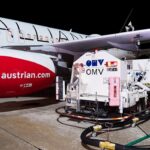
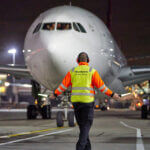
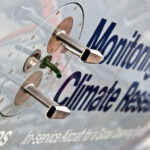

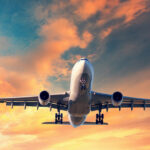
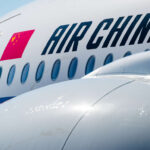
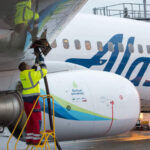
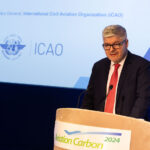
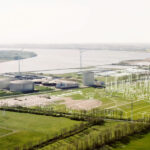
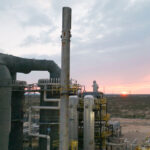
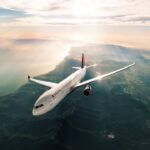
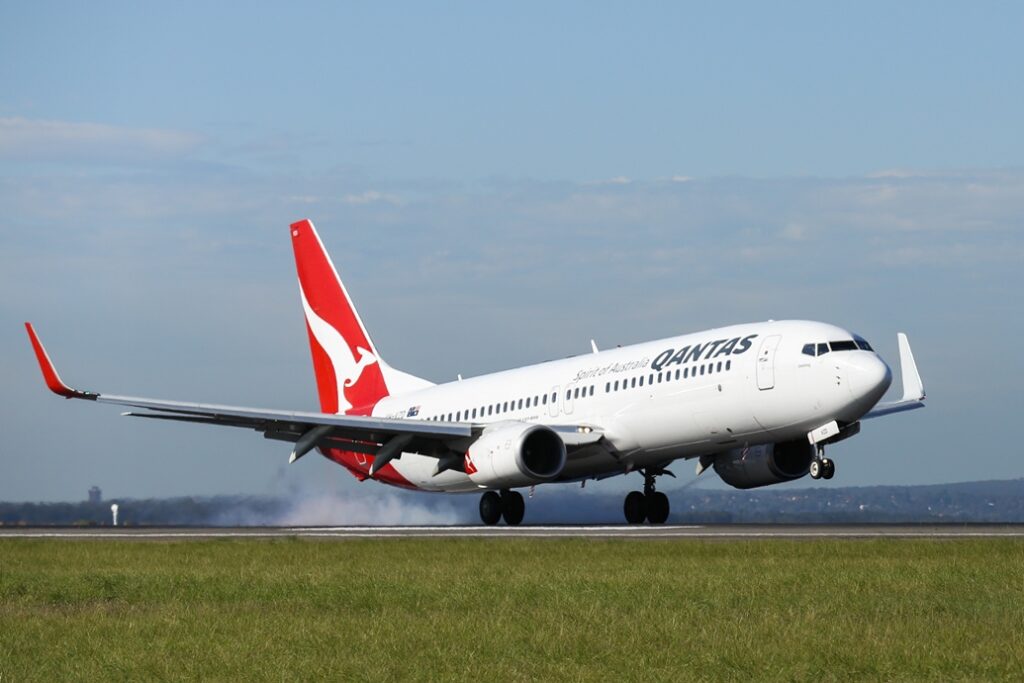

More News & Features
Commentary: China’s fair and equitable solution to civil aviation’s climate challenge
Advocacy group launches to speed up production and use of SAF across Asia
New Zealand could meet 25% of domestic jet fuel needs with SAF from wood waste, finds report
Airbus enters partnerships with airlines Wizz and EVA to help prepare for SAF introduction
Malaysia to produce SAF from palm oil waste, while Thailand pumps first SAF shipments to Bangkok’s airports
Asia-Pacific nations pledge closer collaboration on sustainable aviation at ICAO New Delhi summit